When searching for the best new car deals, a powerful tool is the latest local inventory data. Equipped with behind-the-scenes market insights, you’re setting out with negotiation leverage on your side. The best way to compare apples to apples in new car inventory is with a little-known metric: market day supply. Market Day Supply (MDS) refers to the number of days it would take to sell all current inventory at the current rate of sales, without any new supply being added. MDS isn’t perfect, but it’s one of the best tools we have for gauging supply and demand in the new car market.
With a mix of leftover 2023 models and newly arrived 2024s piling up on dealer lots, now is the perfect time to put your car buying toolkit to work to hunt down some deals.
We’ve used CarEdge Data to identify the new car brands with the most and least inventory in every region in America. Skip ahead to your region using the table of contents below.
New England

These are the most and least negotiable new cars in Maine, Massachusetts, Connecticut, Rhode Island, New Hampshire, and Vermont in early 2024.
Most Negotiable
| Make | Market Day Supply | Total For Sale |
|---|---|---|
| Dodge | 314 | 1754 |
| Chrysler | 260 | 838 |
| Ram | 258 | 4448 |
| Jeep | 249 | 12836 |
| Buick | 131 | 1036 |
Least Negotiable
| Make | Market Day Supply | Total For Sale |
|---|---|---|
| Toyota | 48 | 13930 |
| Lexus | 48 | 1956 |
| BMW | 49 | 3000 |
| Honda | 57 | 8134 |
| Cadillac | 64 | 636 |
As is the trend in recent times, Stellantis brands dominate the list of most negotiable new cars in New England. Asian automakers like Toyota, Lexus, and Honda have the least inventory.
See local market inventory for specific models with CarEdge Data.
East Coast (Mid-Atlantic)
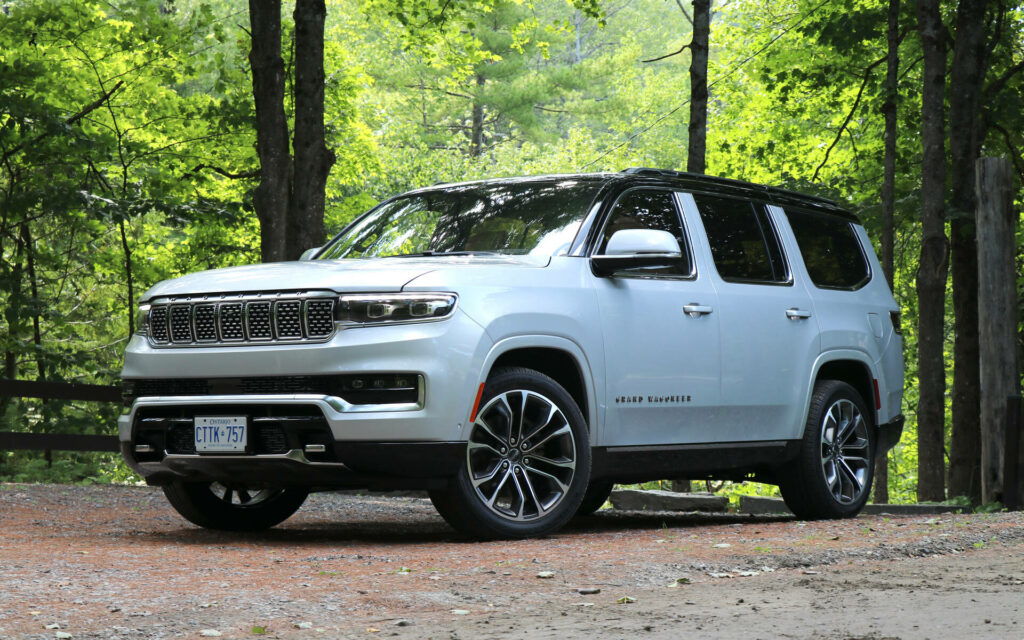
This region includes the states of New York, New Jersey, Pennsylvania, Delaware, Maryland, and Washington DC this month.
Most Negotiable
| Make | Market Day Supply | Total For Sale |
|---|---|---|
| Dodge | 311 | 9182 |
| Chrysler | 218 | 3028 |
| Jeep | 198 | 35721 |
| Ram | 192 | 12880 |
| Mazda | 120 | 24950 |
Least Negotiable
| Make | Market Day Supply | Total For Sale |
|---|---|---|
| BMW | 46 | 9378 |
| Honda | 48 | 24661 |
| Lexus | 49 | 8008 |
| Toyota | 50 | 36908 |
| Cadillac | 55 | 3254 |
Stellantis brands take the top spot yet again. These are the same brands we saw on this list over most of the past year. However, it is interesting to see Mazda inventory so high on the East Coast.
See local market inventory for specific models with CarEdge Data.
Southeast
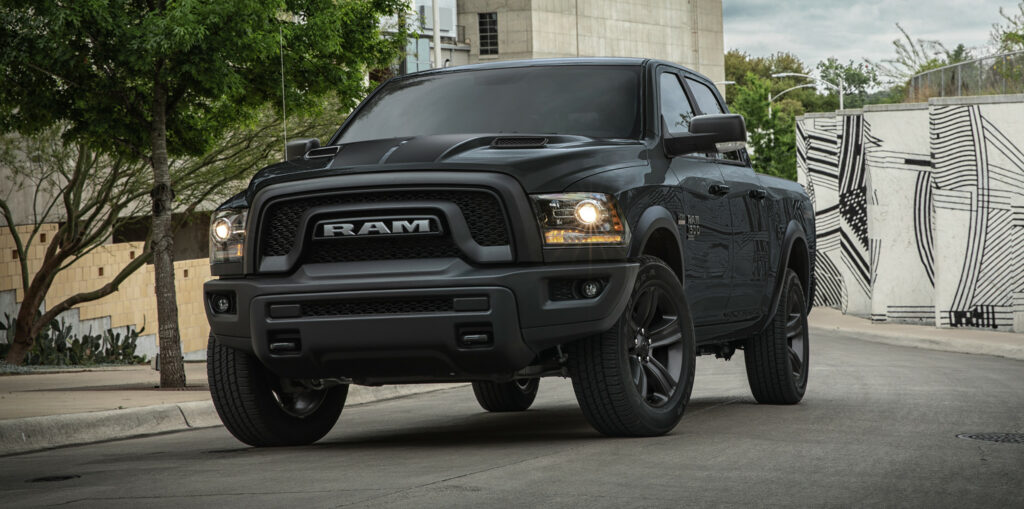
This region includes Virginia, North Carolina, South Carolina, Florida, Georgia, Tennessee, West Virginia, Kentucky, Alabama, Mississippi, Louisiana, and Arkansas in early 2024.
Most Negotiable
| Make | Market Day Supply | Total For Sale |
|---|---|---|
| Dodge | 365 | 29398 |
| Ram | 211 | 33461 |
| Jeep | 184 | 37196 |
| Chrysler | 166 | 3694 |
| Buick | 125 | 11446 |
Least Negotiable
| Make | Market Day Supply | Total For Sale |
|---|---|---|
| Toyota | 38 | 75528 |
| Honda | 43 | 33148 |
| Kia | 46 | 21222 |
| Lexus | 46 | 14694 |
| BMW | 53 | 13157 |
There’s a whole year of inventory for new Ram trucks in the Southeast right now. Toyota, Kia, Honda, and BMW are far less negotiable with slim supply.
See local market inventory for specific models with CarEdge Data.
Midwest

This region includes Ohio, Indiana, Michigan, Illinois, Wisconsin, Iowa, Missouri, Minnesota, Kansas, Nebraska, South Dakota, and North Dakota right now.
Most Negotiable
| Make | Market Day Supply | Total For Sale |
|---|---|---|
| Dodge | 354 | 13671 |
| Ram | 178 | 28066 |
| Jeep | 164 | 35543 |
| Chrysler | 142 | 4302 |
| Buick | 129 | 18753 |
Least Negotiable
| Make | Market Day Supply | Total For Sale |
|---|---|---|
| Lexus | 38 | 4786 |
| Toyota | 41 | 30521 |
| Honda | 43 | 23579 |
| Cadillac | 53 | 4754 |
| BMW | 62 | 7074 |
As expected, Stellantis brands like Dodge, Ram, and Jeep have the highest inventory and therefore the most negotiability in the Midwest.
See local market inventory for specific models with CarEdge Data.
Southwest

In the Southwest region, we’ve included the states of Texas, Oklahoma, New Mexico, Arizona, and Nevada in early 2024.
Most Negotiable
| Make | Market Day Supply | Total For Sale |
|---|---|---|
| Dodge | 361 | 16824 |
| Chrysler | 229 | 2190 |
| Ram | 188 | 21176 |
| Jeep | 178 | 20976 |
| Nissan | 123 | 30298 |
Least Negotiable
| Make | Market Day Supply | Total For Sale |
|---|---|---|
| Toyota | 39 | 28338 |
| Lexus | 47 | 7636 |
| Kia | 50 | 10604 |
| Cadillac | 50 | 4032 |
| Honda | 51 | 17611 |
This month, Nissan joins Stellantis brands in the ranks of most negotiable new cars based on inventory.
See local market inventory for specific models with CarEdge Data.
West Coast

In this region, we have California, Oregon, Washington, Alaska, and Hawaii this month.
Most Negotiable
| Make | Market Day Supply | Total For Sale |
|---|---|---|
| Dodge | 396 | 10698 |
| Ram | 265 | 13031 |
| Jeep | 220 | 17964 |
| Chrysler | 212 | 2496 |
| Nissan | 134 | 19606 |
Least Negotiable
| Make | Market Day Supply | Total For Sale |
|---|---|---|
| Toyota | 39 | 41813 |
| Honda | 49 | 26063 |
| BMW | 50 | 11087 |
| Kia | 56 | 11823 |
| Cadillac | 58 | 2190 |
Looking for car deals on the west coast? Follow the inventory! Stellantis brands like Dodge, Ram, Jeep, and Chrysler are the most negotiable car brands in states like California and Oregon.
See local market inventory for specific models with CarEdge Data.
Mountain West
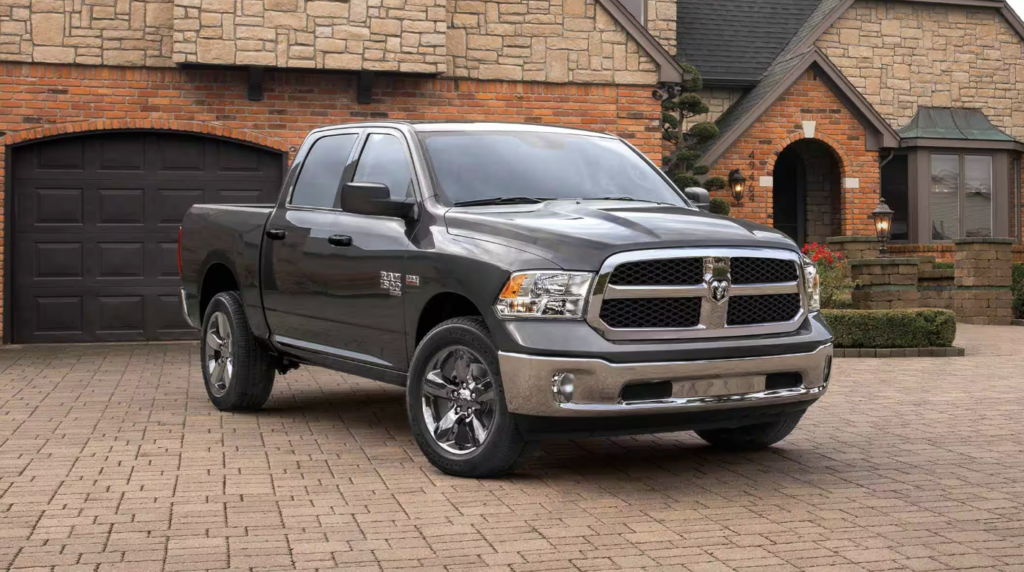
In the Mountain West region, we have Colorado, Utah, Wyoming, Montana, and Idaho in early 2024.
Most Negotiable
| Make | Market Day Supply | Total For Sale |
|---|---|---|
| Dodge | 352 | 1682 |
| Chrysler | 210 | 369 |
| Jeep | 199 | 6543 |
| Ram | 180 | 6723 |
| Nissan | 151 | 4845 |
Least Negotiable
| Make | Market Day Supply | Total For Sale |
|---|---|---|
| BMW | 40 | 987 |
| Toyota | 47 | 9400 |
| Honda | 57 | 3283 |
| Lexus | 57 | 1125 |
| GMC | 65 | 3221 |
Nissan joins Dodge, Ram, Jeep, and Chrysler on the list of most negotiable car brands in 2024. BMW, Toyota, Honda, and GMC have the least inventory in the Mountain West.
See local market inventory for specific models with CarEdge Data.
The Takeaway
Did you notice a trend in the data? It’s abundantly clear that Stellantis brands (Chrysler, Dodge, Jeep, and Ram), are having a VERY tough time selling cars in 2024. Everywhere you look, Stellantis’ vehicles are sitting on the dealership lots for longer than any other cars today. Does that make them more negotiable? Yes, but not always. The dealer has to be reasonable and motivated to sell. By you arriving with this powerful market data in hand, you’re setting off on the right foot. Negotiation know-how is worth a lot in today’s car market!
👉 Try our 100% FREE car buying course: Deal School from CarEdge
Free Car Buying Help Is Here

Ready to outsmart the dealerships? Download your 100% free car buying cheat sheets today. From negotiating a deal to leasing a car the smart way, it’s all available for instant download. Get your cheat sheets today!








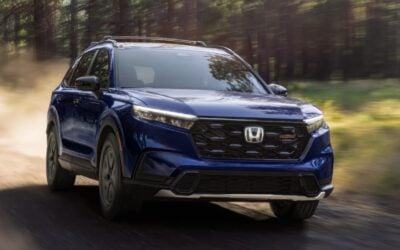

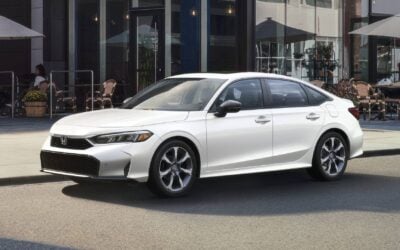


0 Comments